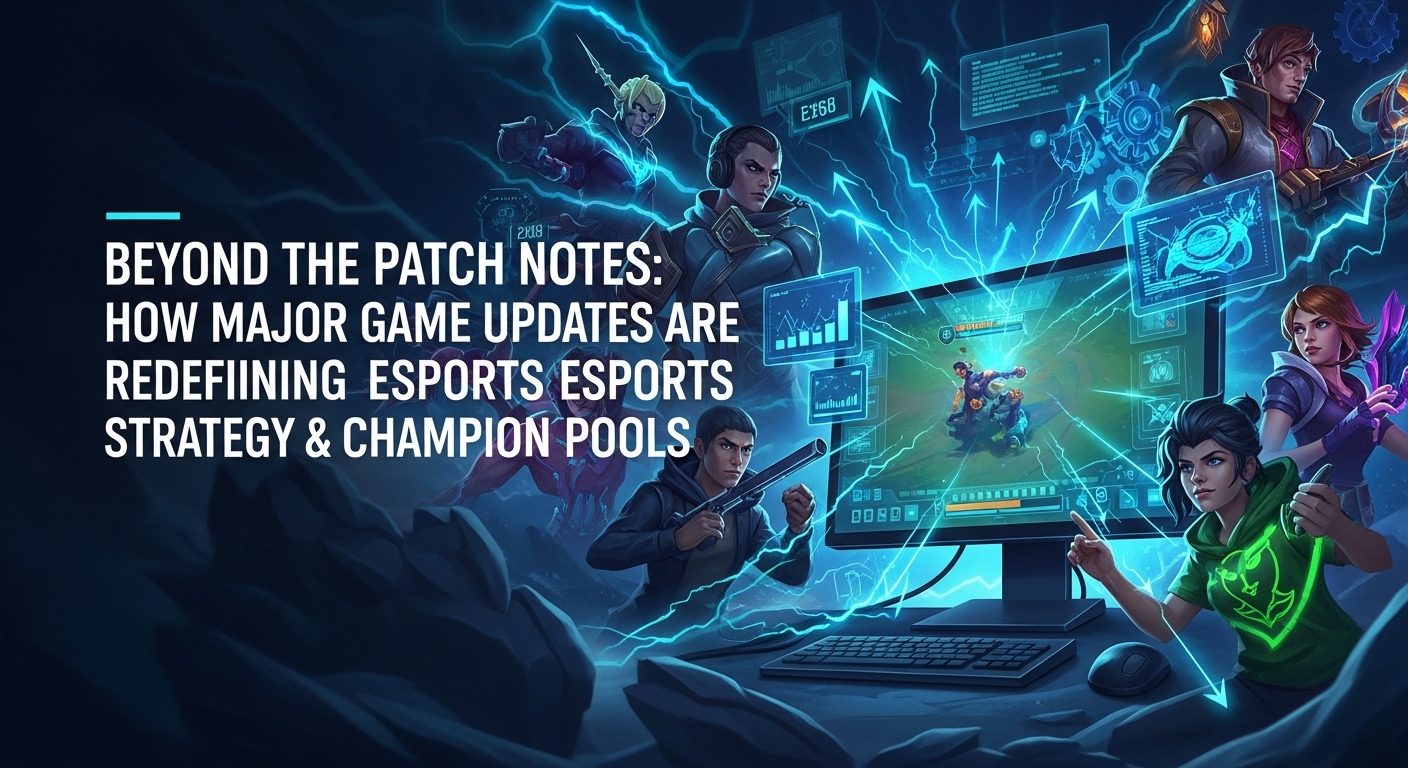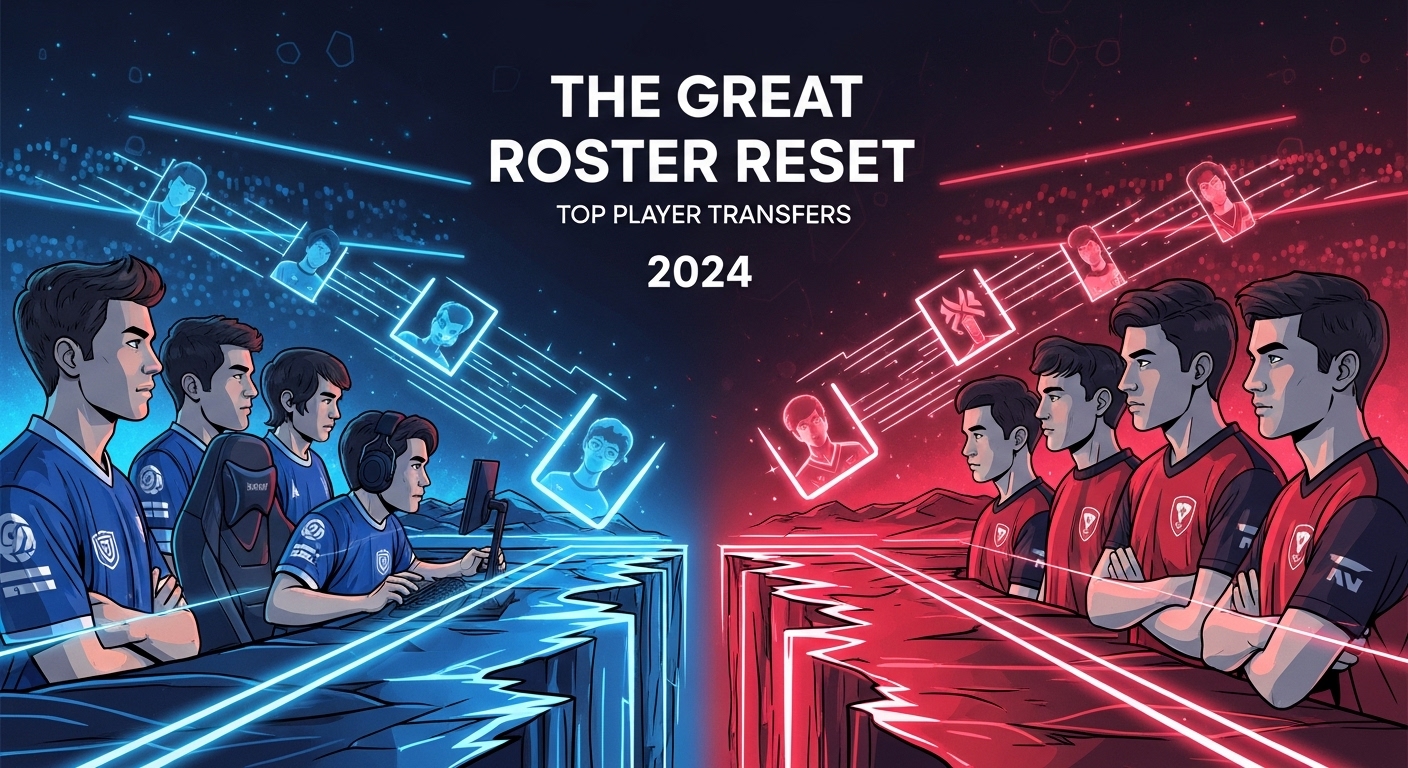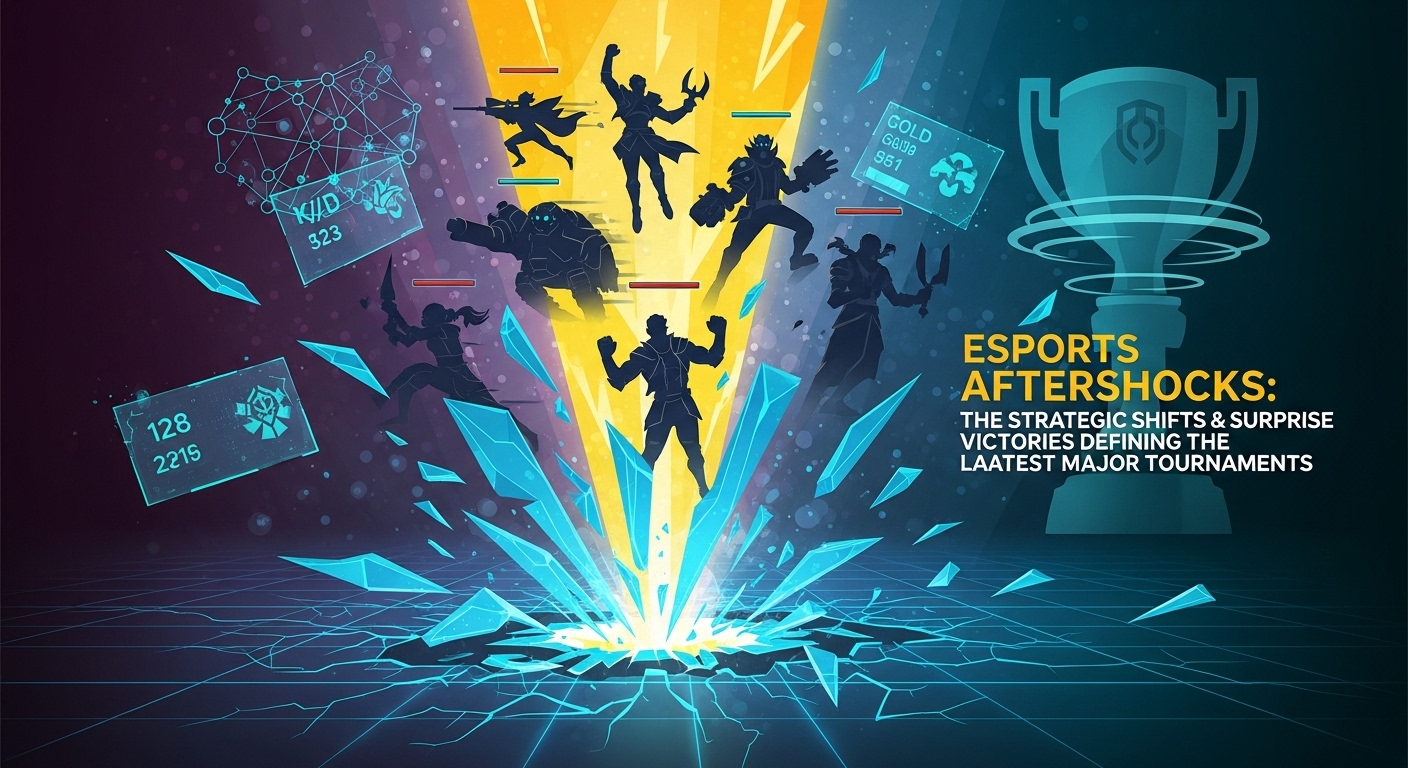The Unseen Architects of Victory
For casual players, a new patch note release is often a mix of excitement and curiosity. A favorite character gets a buff, a frustratingly overpowered weapon is toned down, and a few quality-of-life changes make the game smoother. But in the high-stakes world of professional esports, patch notes are not just a list of changes; they are tectonic plates shifting the very landscape of competition. What seems like a minor numerical tweak to the uninitiated can be the catalyst for a complete strategic overhaul, rendering months of practice obsolete and crowning new kings. This is the story that goes beyond the patch notes, a look into how developers, through game updates, have become the unseen architects of esports strategy and the ever-fluctuating hierarchy of champion pools.
Every major tournament is played on a specific patch, a frozen-in-time version of the game. This creates a stable environment for competition, but it also means that teams live in a constant state of adaptation. The meta—the generally accepted ‘most effective tactics available’—is a fluid, breathing entity. The moment a tournament concludes, the race begins anew to decipher the next patch. This relentless cycle of change is the lifeblood of modern esports, ensuring that the games we love never become stale and that the true measure of a champion team is not just mechanical skill, but their ability to learn, adapt, and innovate faster than anyone else.
The Ripple Effect of a Single Change
It’s easy to underestimate the impact of a small adjustment. A 5% increase in an item’s stats or a half-second reduction in an ability’s cooldown might seem insignificant. However, at the professional level, where games are won and lost on razor-thin margins, these changes create massive ripples that can evolve into tidal waves of strategic change.
Itemization and Economy: The Unsung Heroes
In MOBAs like League of Legends or Dota 2, item builds are as crucial as character selection. A patch that overhauls the in-game shop or changes the stats of a key item can completely redefine a character’s role. Consider a situation where an item traditionally built by support characters receives a significant buff to its damage output. Suddenly, you might see that item being rushed by mid-laners or even AD carries, creating a new, unexpected power spike that opponents are unprepared for. This forces a cascade of adaptations. Teams must now learn to play against this new strategy, perhaps by prioritizing different bans or developing counter-builds. The entire economic flow of the game can shift, altering the priorities of farming, objective control, and team fighting.
Map Alterations: A New Battlefield
In tactical shooters like Valorant or CS:GO, the map is as much a character as the agents or players themselves. When developers introduce a new map or alter an existing one—moving a box, widening a choke point, or adding a new line of sight—they are fundamentally changing the rules of engagement. Rotations that were once safe become death traps. Set smoke grenade and flashbang lineups that teams have practiced for hundreds ofhours become useless. Teams are forced back to the drawing board, spending countless hours in custom servers to discover new angles, develop new set plays, and relearn the very geography of their digital battleground. These changes reward creative thinking and strategic depth, separating the good teams from the truly great ones.
The Great Champion Pool Shake-Up
Perhaps the most visible impact of a major game update is on the roster of playable characters, champions, or agents. The ‘champion pool’ of a professional player—the set of characters they have mastered to a competitive level—is one of their greatest assets. Patches can turn this asset into a liability overnight.
From Benchwarmer to Superstar
Every game has them: characters who are rarely, if ever, seen in professional play. They might have a niche kit, be statistically undertuned, or simply be outclassed by other options. Then, a patch drops. A key ability is reworked, base stats are buffed, or a new item synergizes perfectly with their kit. Suddenly, this forgotten character becomes a top-tier, must-pick or must-ban threat. The few players who had already specialized in this character are now invaluable assets to their teams, possessing a unique advantage while the rest of the league scrambles to catch up. This creates incredible storylines and some of the most exciting moments in esports, as viewers get to see a fresh face dominate the competition.
The Fall of a Titan: When Nerfs Hit Hard
The opposite is equally dramatic. A character that has dominated the meta for months, defining strategies and being a cornerstone of a team’s success, can be brought low by the swing of the nerf hammer. A decrease in damage, an increase in a cooldown, or the removal of a specific mechanic can render them unviable at the pro level. This is devastating for ‘one-trick’ players who have built their careers on mastering that single character. They face a stark choice: rapidly expand their champion pool to remain relevant, or risk being benched. This dynamic ensures that no single strategy can dominate forever and constantly challenges players to evolve their skills.
Adapt or Perish: The Pro Player’s Dilemma
For professional teams, a new patch triggers a frantic, high-stakes period of discovery. The days and weeks following a major update are a mad dash of theory-crafting, solo queue grinding, and intense scrimmages against other teams. Coaches and analysts work around the clock, poring over data and VODs to identify the emerging power picks and strategies.
The Scramble for Innovation
The first team to ‘solve’ a patch gains an immense advantage. They might discover a broken champion combination or a new macro strategy that other teams haven’t considered. This can lead to dominant winning streaks in the early weeks of a new competitive season. The latest e-sports news headlines are often dominated by these innovators. This period is a true test of a team’s infrastructure. It’s not just about the five players; it’s about the support staff’s ability to process information and guide the team’s adaptation efficiently. Communication, creativity, and a willingness to experiment are paramount.
Specialists vs. Generalists
This constant state of flux also fuels the age-old debate in esports: is it better to be a specialist who is the absolute best in the world on a few characters, or a generalist who can play a wide variety of roles and champions to a high level? Patches that bring sweeping changes often favor the generalists. Their flexibility allows their team to pivot strategies easily and counter unexpected picks from the opposition. However, when a meta stabilizes, the specialists who have achieved unparalleled mastery of the top-tier champions often shine the brightest. The most successful players often find a balance, possessing a wide pool but also having those one or two ‘pocket picks’ that they can use to completely take over a game.
Conclusion: The Ever-Evolving Digital Arena
Game updates are far more than simple maintenance. They are the engine of evolution in the world of esports. They challenge our favorite players, force teams to constantly innovate, and ensure that the spectacle of competition remains fresh, exciting, and unpredictable for fans. Each patch note is a new chapter in the ongoing story of a game’s competitive life, redefining what it takes to be a champion. It’s a testament to the skill, intelligence, and adaptability of the pros who can navigate this ever-changing digital landscape. So the next time you read through a list of patch notes, look beyond the numbers and consider the strategic earthquakes they’re about to cause at the highest level of play.
What has been the most game-changing patch in your favorite esport? Share your thoughts and memories in the comments below!


